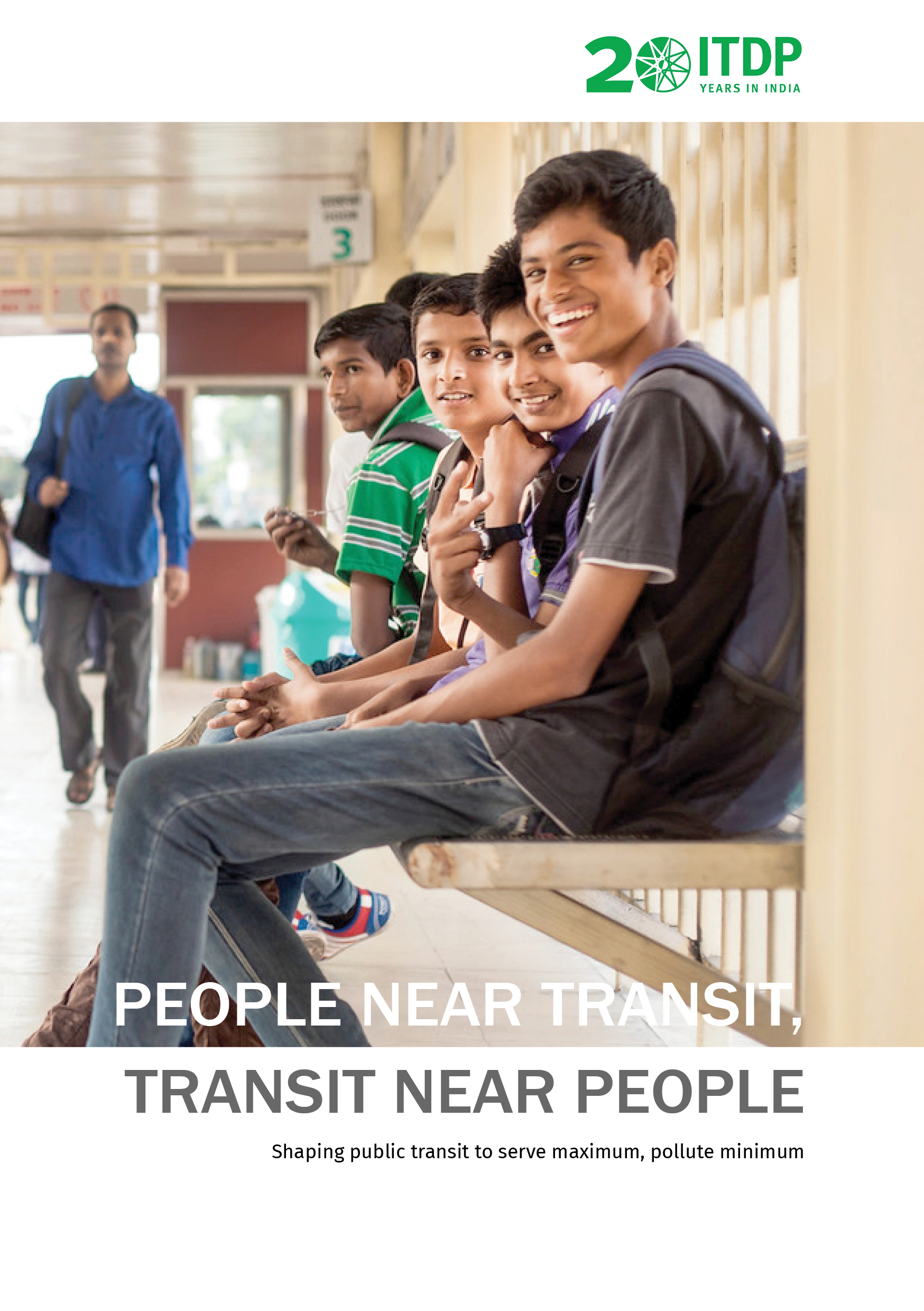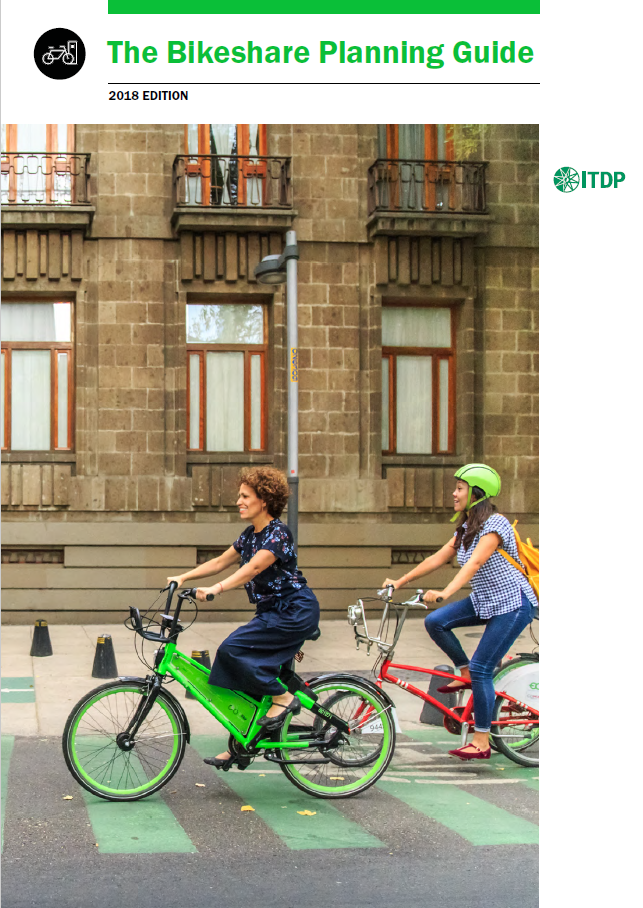The COVID-19 pandemic has dealt a blow to urban transportation systems, forcing cities to rethink their mobility patterns. WHO has recommended cycling and walking whenever feasible. During these times, cycling has emerged as a safe, affordable, and accessible mode of travel that can support public transport. As restrictions ease further and physical distancing becomes the norm, ensuring safe cycling is important to all Indian cities. Cities must use this opportunity to reimagine their streets and provide supporting infrastructure – by creating pop-up cycle lanes, expanding cycle-sharing systems, and conducting community-driven campaigns. These temporary measures can catalyze long-term change towards creating cycling-friendly cities.
ITDP India Programme has put together short term recommendations for cities to ensure safe cycling on the streets. The recommendations guide cities towards quick and easy interventions to ensure a green recovery from COVID-19 by championing sustainable mobility.
Compiled by: Achuthan TD, Aditi Subramanian, Aswathy Dilip, Bala Nagendran M, Parin Visariya
Here is our resource on Creating Safe Streets for all, that includes short-term recommendations that help cities to create safer streets for people.























